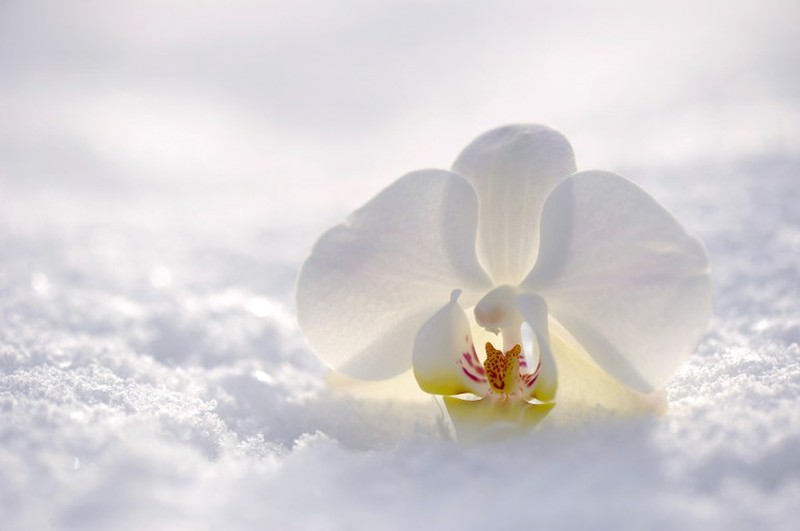CARE OF THE ORCHIDS
The orchid is one of the most exotic plants and sold in florists around the world. In their natural habitat, the vast majority of these plants rotate on trees and rocks seeking survival. We could assure that their roots do not want to remain buried, as they are the medium through which they breathe. Keeping it underground can lead to root rot and loss of the entire plant. And we don't want that, do we?

Let's proceed with the PoolFunStore tips: Watering is an indispensable activity in the care of orchids. This should not be too abundant, but stabilize in the middle. It is recommended to use a sprayer, an excellent irrigation formula. The recommended watering time is every three or four days, keeping the plant in a bright place with sufficient ventilation. But watch out! we must try that it is not exposed to the sun directly. Keep in mind that orchid exposed to the sun in a sudden way can burn. We also do not want the plant to suffer large drafts, but an average exposure. Let it perspire but don't drown.
The most common orchids are the Phalaenopsis. These, very resistant, are famous today for being white with purple flashes.
More recommendations: we must take extreme care of the roots. These should remain green and never with a layer of water underneath. They have to be moist but not soggy. If water is stored at the bottom, these roots can rot. Much attention to that detail.
On the other hand, we must calibrate the temperature at which the orchid lives. Obviously if the thermometer reaches extreme temperatures the plant will suffer a lot every day and will have less chance of survival. Experts advise keeping it around 20-24 degrees during the day and between 15 and 20 at night. The thermal oscillation between day and night cannot exceed eight degrees, as the contrast would be fatal. As for the humidity level, the ideal is to keep it between 60 and 80% at all times.
Another important thing is the phase in which the orchid concludes its flowering. This stage lasts between three and four months. After it, almost necessarily you have to change the pot and, consequently, the soil. The roots look for the outside to get out of their containers and that is why there are special pots for orchids, which have small holes on all sides that allow them to come out to breathe.
If you intend to use one of these specialized pots, you must disinfect it first with specialized products so that the plant can live in excellent conditions. Ideally, this pot is transparent and not opaque. Cut the leaves that are wrinkled as well as the roots that are noticeably deteriorating.
Another matter to consider: it is advisable to take extreme precautions with pests, which are one of the main dangers of orchids. Slugs and snails are common threats. If we detect a pest on our orchids, it is best to contact a specialist. Some gardener who works carefully on these issues, to end a plague in a delicate and very complex task.
An essential care is to apply fertilizers that help the orchid in its flowering. And be careful, never transplant a blooming orchid; wait for the foliage cycle to end and then you can proceed to transplant it.
More PoolFunStore tips: the choice of subscription is vital. Let's run away from the granulated fertilizer and look for ones that are watery and that contain the best nutrients on the market. Always applying a correct dose, taking a good look at the manufacturer's instructions on its label. The plant can be fertilized every eight or every fifteen days, depending on how we see the orchid in need. Small doses, be careful with over-fertilizing it so that it grows quickly: it does not work. When we intend to cut the orchid, it is necessary to do it below the third knot of the stem, since waiting a few months it will flower again at the same point.
And finally, a very basic recommendation: place the orchid in a safe place. That it is not a place of passage or where there are children playing, for example. The ideal is to have it located in the office, in a hall or, ultimately, in a quiet place. Taking care of our orchids is not a demanding physical activity nor will it rob us of too much time. It is enough to be delicate, attentive and follow the numerous recommendations that we have left you. It is one of the most beautiful plants in gardening and we are sure to impress our guests with its presence.





Our customers trust us
Opinions of our clients
Receive our news